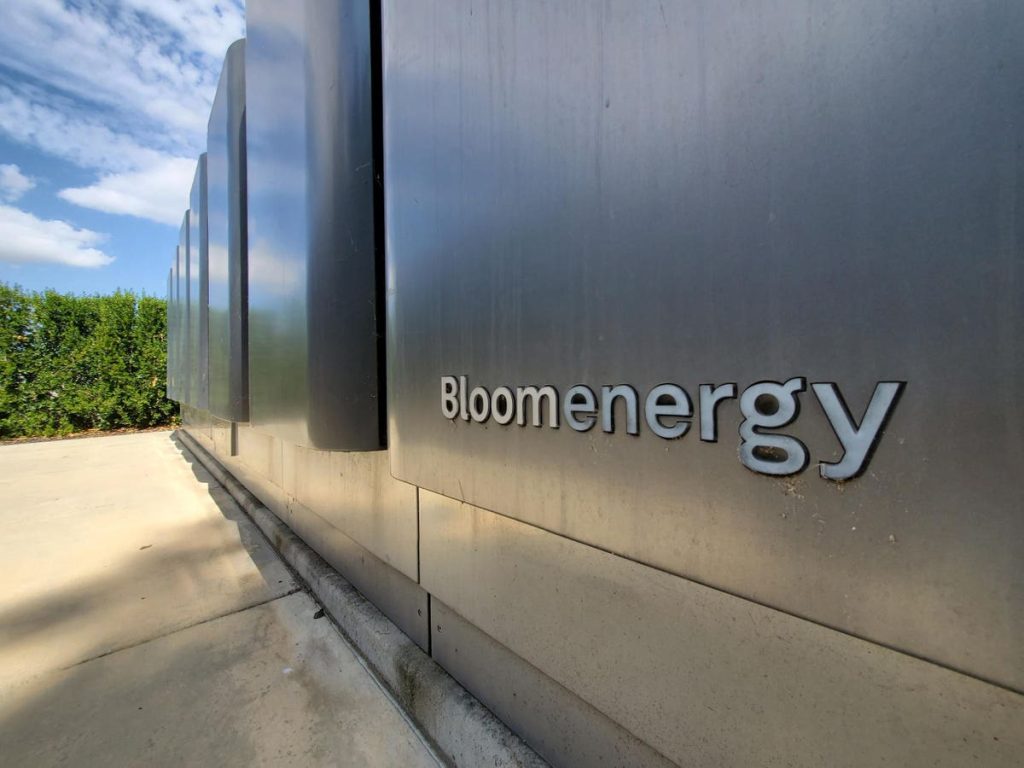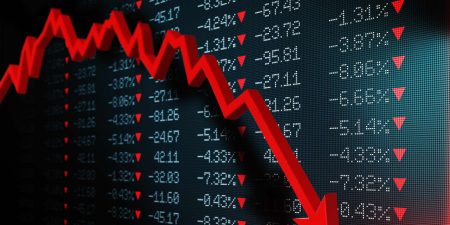Our theme of Hydrogen Economy Stocks, which includes listed companies that sell hydrogen fuel cells, related renewable energy equipment, and supply hydrogen gas, has had a tough year, declining by about 37% year-to-date, compared to the S&P 500 which has gained close to 18% over the same period. While the hydrogen theme – which constitutes stocks including Bloom Energy
BE
Amid the current backdrop, BE stock has suffered a sharp decline of 60% from levels of $30 in early January 2021 to around $12 now, vs. an increase of about 20% for the S&P 500 over this roughly 3-year period. BE has had a poor run, with the stock losing value in each of the last 3 years. Returns for the stock were -23% in 2021, -13% in 2022, and -35% in 2023. In comparison, returns for the S&P 500 have been 27% in 2021, -19% in 2022, and 18% in 2023 – indicating that BE underperformed the S&P in 2021 and 2023. In fact, consistently beating the S&P 500 – in good times and bad – has been difficult over recent years for individual stocks; for heavyweights in the Industrials sector including UNP, GE, and UPS, and even for the megacap stars GOOG, TSLA, and MSFT. In contrast, the Trefis High Quality Portfolio, with a collection of 30 stocks, has outperformed the S&P 500 each year over the same period. Why is that? As a group, HQ Portfolio stocks provided better returns with less risk versus the benchmark index; less of a roller-coaster ride as evident in HQ Portfolio performance metrics. Given the current uncertain macroeconomic environment with high oil prices and elevated interest rates, could BE face a similar situation as it did in 2021 and 2023 and underperform the S&P over the next 12 months – or will it see a recovery?
However, there are some positives for the sector, as well. Some recent earnings from the sector have been positive. For example, Bloom Energy reported a surprise profit for Q3, on an adjusted basis, with revenue rising by 37% year-over-year to $400 million, topping consensus estimates. The company is likely to see demand rise due to higher electricity bills, grid instability, and increasingly frequent grid constraints, all of which should drive increased demand for its energy servers, amid rising electricity costs, and constraints in the power grid. Moreover, inflation data for last month was also tamer than expected, with consumer prices remaining flat month over month in October. This is giving investors some confidence that the Fed could ease its interest rate hiking campaign. So, what’s the outlook like for the theme? Although hydrogen is unlikely to be as big as other renewable energy sources such as solar and wind, it could be crucial in decarbonizing the industrial sector and heavy vehicles. It could also be seen as a medium of storage of renewable electricity. While mostly external factors have been driving the theme of late, investors will need to watch for underlying improvements in hydrogen technology, which still remains expensive and hence is only being deployed at a relatively small scale making it noncompetitive versus fossil fuels. That said, governments are significantly incentivizing the space. For example, the U.S. government will award tax credits of $3 per kilogram of green hydrogen (produced via renewable energy methods or via nuclear power), with the credit scaling down for projects that emit carbon while producing hydrogen. Within our theme, First Solar
FSLR
Invest with Trefis Market Beating Portfolios
See all Trefis Price Estimates
Read the full article here















